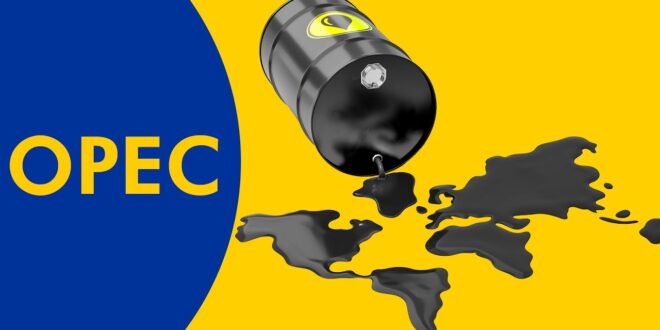OPEC raised its oil production in January despite voluntary production cuts that the group was supposed to be adhering to, according to new data published on Friday by Bloomberg.
A new Bloomberg survey showed that OPEC’s production rose by 110,000 barrels per day to 26.68 million barrels per day—with Libya accounting for much of the increase as it brought production back online at its Sharara oilfield.
Sharara has been closed due to unrest in the country.
Iraq—a chronic overproducer, did lower its February production, but it is still producing more than its agreement with OPEC calls for. The survey showed that the UAE also produced more than its quota.
OPEC voluntarily agreed to deepen its oil production cuts for the first quarter of this year, although several members have been struggling to meet those commitments. Several countries have promised to make up for any overages in subsequent months.
Most analysts predict that OPEC+ will extend its production cuts into the second quarter, and the market is eagerly awaiting the news from the group regarding their plans for April and beyond.
OPEC+’s voluntary production cuts could even be extended through the end of the year, three OPEC+ sources told Reuters earlier this week. The sources said that extending the cuts into the second quarter was “likely”.
OPEC+ members collectively decided to voluntarily cut 2.2 million bpd from the group’s production this quarter, although much of that was production cuts that were already in effect, including Saudi Arabia’s 1 million bpd voluntary cut. Saudi Arabia’s Energy Minister, Prince Abdulaziz bin Salman, has always left the door open to extending the cuts, saying as far back as December that the production cuts could extend beyond March should the market require it.

 Iran Energy News Oil, Gas, Petrochemical and Energy Field Specialized Channel
Iran Energy News Oil, Gas, Petrochemical and Energy Field Specialized Channel



